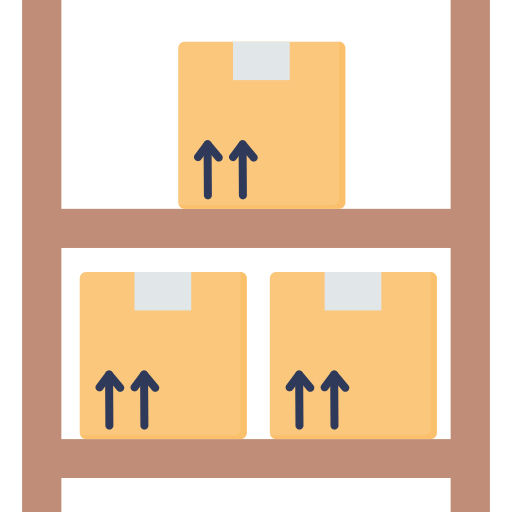By creating a consolidated dataset, analysis of different hypothesis could be undertaken in minutes, rather than days.
Following ten years of data collection, an NHS department came to us for help with statistical analysis.
Raw data had been stored, but due to poor structuring, it was difficult for the medical researchers to test their various hypotheses.
They wanted to understand what treatment practices they were administering yielded the best results, and use these insights to create a report recommending future best practice.
Data cleaning and structuring.
Initial conversations with the client were important to understand the raw data make-up and agree on the form the outputs should take.
We produced a playback of the anonymised raw data, providing an overview of the information. This highlighted some inconsistencies in the source data and provided a framework of the complete data set and potential additional analysis that could be undertaken.
The next step was to reconcile differences between the raw datasets as there was no ‘single version of the truth’. To solve this, we visualised the alternate views of how patients had been treated and agreed with the research team how to treat the discrepancies.
With the differences resolved, we were able to build up a dataset to undertake the statistical analysis.
Using Alteryx software, we aggregated multiple datasets into a single, usable source, allowing us to make additional calculations and flag information relevant to the hypotheses. This data source functioned as the core to the data analysis, providing information on demographics, geographies, and specific survival analysis techniques, as required.
Central in this process was the supporting documentation that we worked through with the researchers, to indicate how the analysis would be done, and how further hypotheses could be tested.
Our analysts have the breadth of knowledge to work across different software platforms, from Excel to Alteryx.
The right tools for the job.
By creating a consolidated dataset, analysis of different hypothesis could be undertaken in minutes, rather than days. Multiple iterations could therefore be generated and authored to allow all potential hypotheses to be explored.
Speed was achieved by using the right tools for the right problem – Alteryx to handle and consolidate large raw data, Excel and Tableau to playback the data, and R to perform the most complex statistical analysis.
All outputs; datasets, tables, and visualisations were returned to the client, assisting them on the creation of their report on treatment best practices.
This process helped the NHS to save money, staff time, and future patient’s lives.
Related Services
Statistical analysis involves the collection, organization, analysis, interpretation, and presentation of data.
This service will be valuable to you if:
You want to use data for decision making.
You want to run experiments and simulations.
You’re looking for a competitive edge in your market.
You have huge data sets you need to make sense of.
